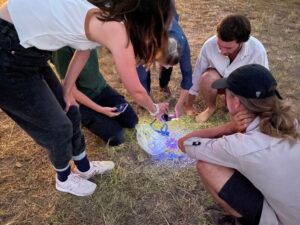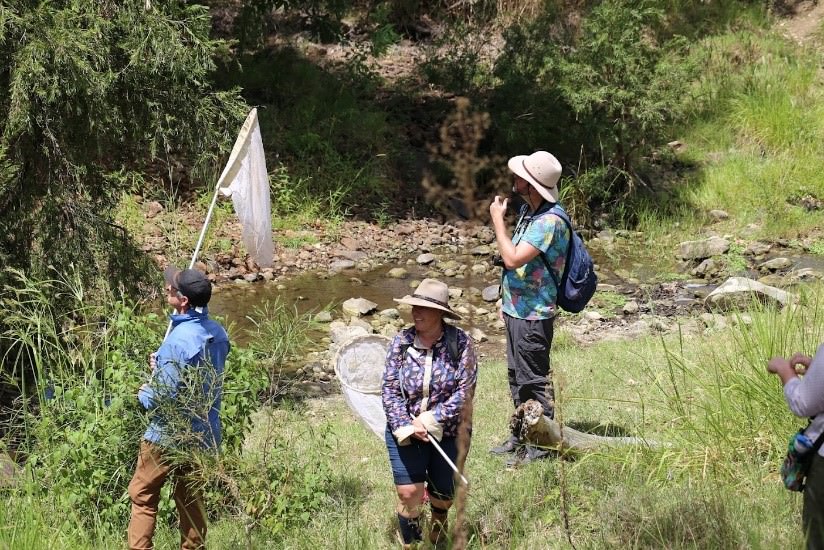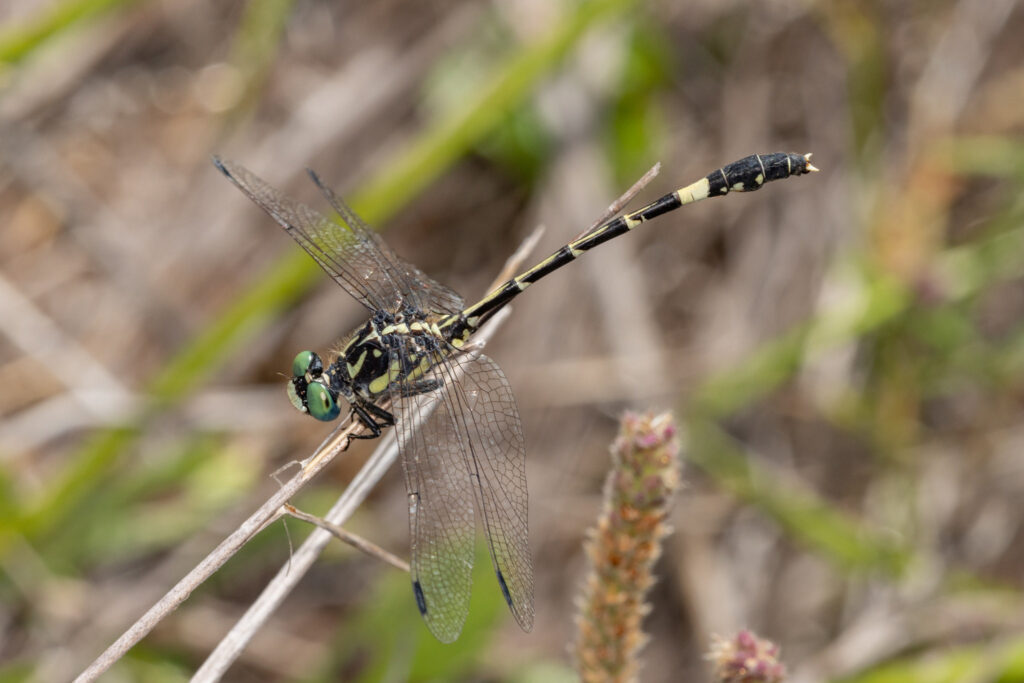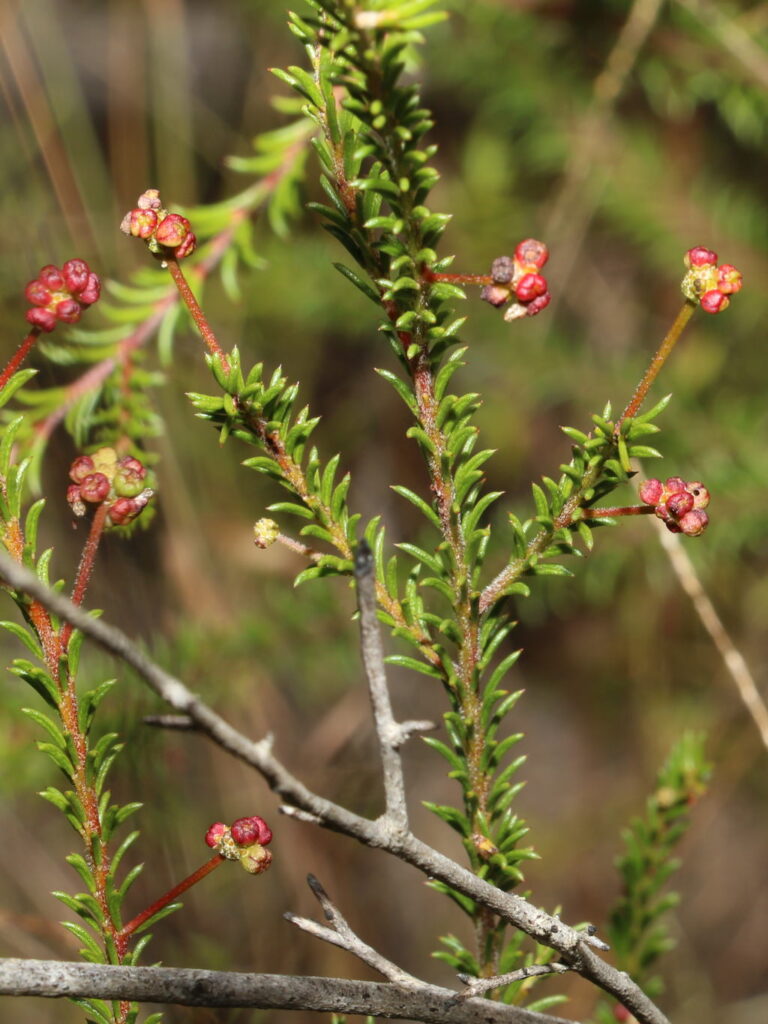What a successful BioBlitz weekend we had when 150 people descended onto Deborah Stenzel’s Land for Wildlife property at Black Rock in early March this year. Twelve surveys were conducted over the weekend, each survey targeting specific groups of plants, animals or fungi. All surveys were led by experts in their field, and all were fully booked out.
“I had the wonderful opportunity to explore a remnant dry rainforest on a walk guided by Greg Tasney and Jacob White. Dry rainforest looks quite different to subtropical rainforest. European settlers showed little love for it, calling it ‘scrub’ and clearing most of it to get at the fertile volcanic soil beneath it. Which makes it all the more amazing that the landowners at this property have preserved the remnant rainforest there! Thank you to Deb Stenzel and family for letting us explore your wonderful property! It’s so reassuring to know that such a special landscape is in the hands of people with the knowledge and dedication required to ensure its continuation.” Christian Perrin, Wild BNE

The Stenzel family has always had a keen interest in wildlife and maintain detailed records of flora and fauna. Several flora surveys have been conducted by botanists over the past 35 years and this BioBlitz aimed to not only add to the existing knowledge of the area, but to showcase the impressive biodiversity of a working cattle property to the public. The event was also designed to get people involved in using the citizen science platform, iNaturalist.
Over 1200 observations of 473 species of plant, snake, beetle, frog, dragonfly, microbat and much more were recorded on the iNaturalist project page.
It was really pleasing to hear that many people saw ‘lifer’ species. Of the 32 species of dragonflies and damselflies that were recorded by Dr Chris Burwell, Christian Perrin reported several new species for his dragonfly ‘life list’, including the Twinspot Hunter and Unicorn Darner. Similarly, Greg Tasney (who led one of the plant surveys) found a ‘lifer’ species, Hypoestes floribunda. He had been searching for years to see this plant.
Night-time surveys were led by Dr Scott Burnett for microbats and Brett Malcolm surveyed for frogs with people learning about microbat recording equipment and the Frog ID app that helps identify frog calls.
A big thanks to Deborah and Errol Stenzel, the team at Watergum and all survey leaders and participants!
Article by Catherine Madden
Land for Wildlife Officer
Scenic Rim Regional Council
https://www.inaturalist.org/projects/scenic-rim-bioblitz-2023




